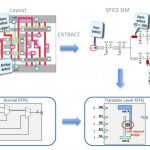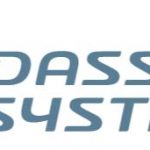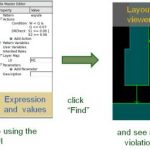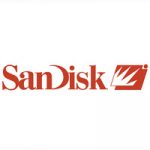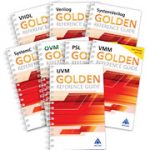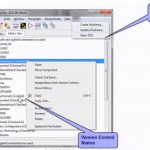For a couple of years the GSA has had working group looking at funding of semiconductor investment. There is a general feeling, which I share, that it is hard to get a fabless semiconductor company off the ground (nobody would dream of trying to create one with a fab these days) due to the size of the investment and the relatively long time to return the investment. In an era when software companies can be created and ramped and sold in a year or so, the time and cost to build a chip and ramp it to volume makes the whole deal unattractive to conventional venture capitalists.
Some of this is driven by what is sometimes called Moore’s Second Law, that as we go down through process generations, the capital required to develop new products increases by 27% from one generation to the next. So in 2000 a semiconductor company could bring a product to market for $10M but now it takes $30M just to get to samples. To make things worse, as ASPs have come down (for the same functionality) that puts pressure on shipping in very high volume, meaning designing complex SoCs that serve multiple markets and contain a lot of semiconductor IP (SIP).
The Capital Lite Working Group has produced a discussion paper called The Capital Lite Semiconductor Model: Revitalizing Semiconductor Startup Investment which looks at this problem and proposes a solution.
One of the largest costs in a chip design is adding non-differentiated IP, the cost of which can exceed pretty much everything else put together. So one challenge is to get this cost down by partnering a large semiconductor company ($100Ms) with the smaller company to both allow undifferentiated IP to be shared and to create a possible new product line for the larger company.
Part 1 of the capital-lite deal structure is Equity for IP (EFI). The largeCo gets the opportunity to further monetize its IP and the StartupCo avoids the cost of all that design. Part 2 is Triggered Royalty License (TRL) which gives LargeCo more opportunity for revenue and for StartupCo balances independence wth capital efficiency. The royalty payments are deferred compared to paying up front for IP, so they only become due once there is revenue available to pay. Finally Equity Finance With Extra Preference (EFEP) creates a spin-in opportunity for LargeCo to absorb StartupCo once it is successful without, in some sense, paying to buy back all its own IP and money.
There are a a lot of details to make this work correctly so that StartupCo’s R&D expenses do not get consolidated into LargeCo’s financial, for example. An example is EzChip which is a publicly traded capital-lite semiconductor company that has partnered with Marvell Technology to reduce its capital intensity by sourcing IP and supply chain operations.
An example of a company creating a whole capital-lite ecosystem is SK Telecom. They have created an Innovation Center by Innopartners. It is a cross between the capital-lite model described above (which is largely driven by StartupCo’s needs) and something more directed by LargeCo. Selected entrepreneurs will be given access and routine collaboration with the top researchers at strategic partner, initial funding and guidance through the early stages, and office and lab space at the partner.
The strategic partner has the opportunity to acquire a tailor-made startup. The strategic partner describes the product required and Innopartners seeks out qualified entrepreneurs to create the startup and deliver the product. Or alternatively, entrepreneurs with an idea can present it to Innopartners in a more traditional manner, who will then seek a strategic partner to make the program viable.
There are various different financial models ranging from a spin-in path where the milestones and price are more or less negotiated up front, to traditional VC model with no exit valuation predetermined, to a standalone path where the startup never really gets completely independent nor is it absorbed.
For more information see the GSA Capital-Lite Working Group Discussion document here. See the SK Telecom White Paper here.



